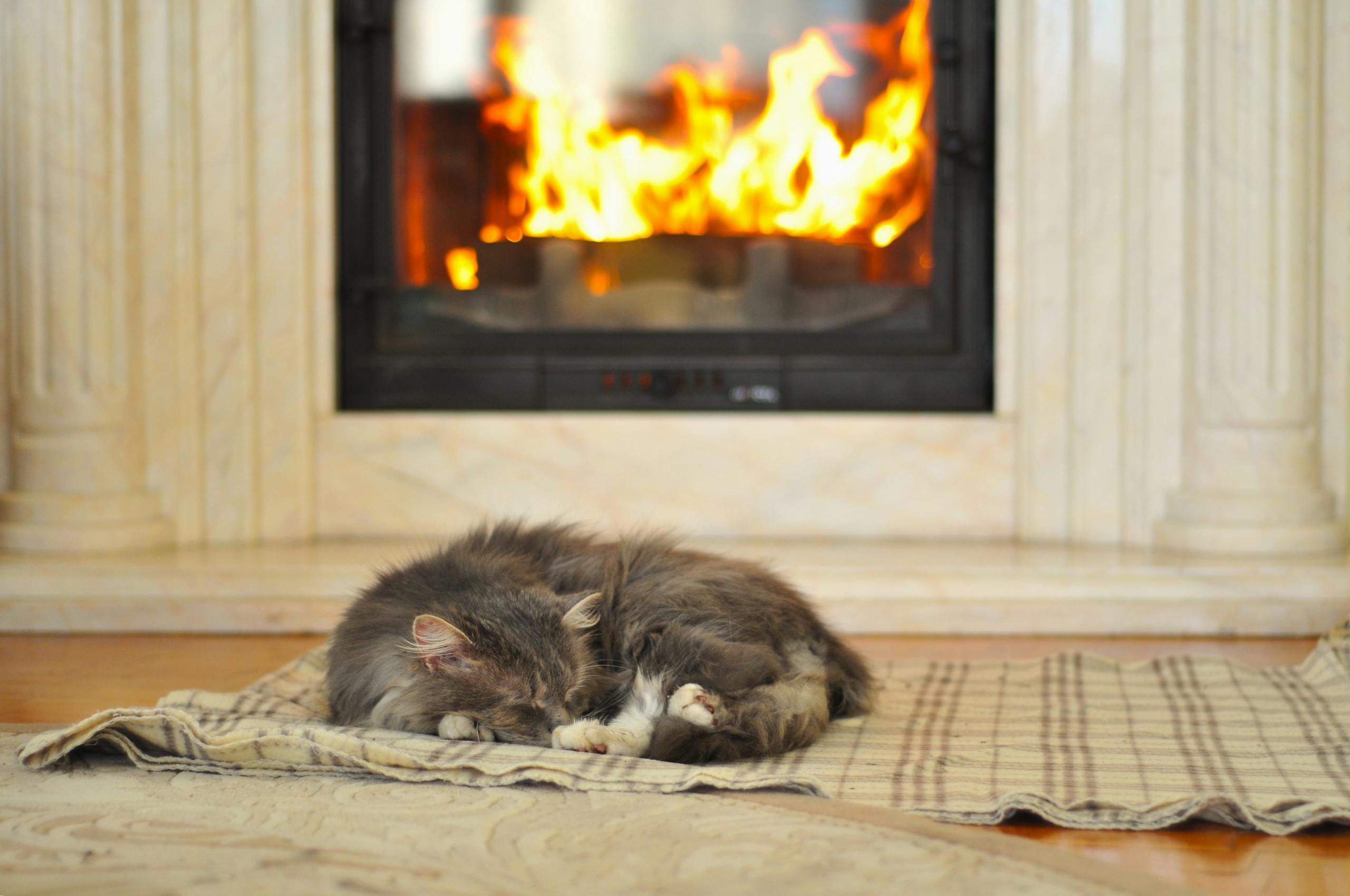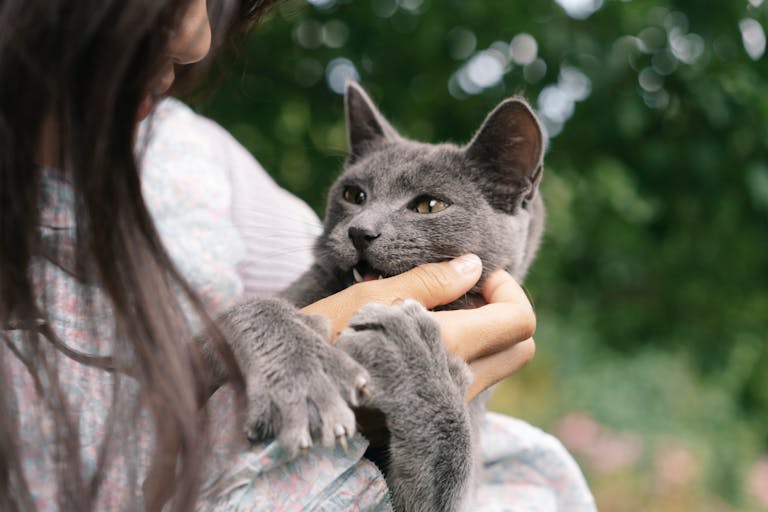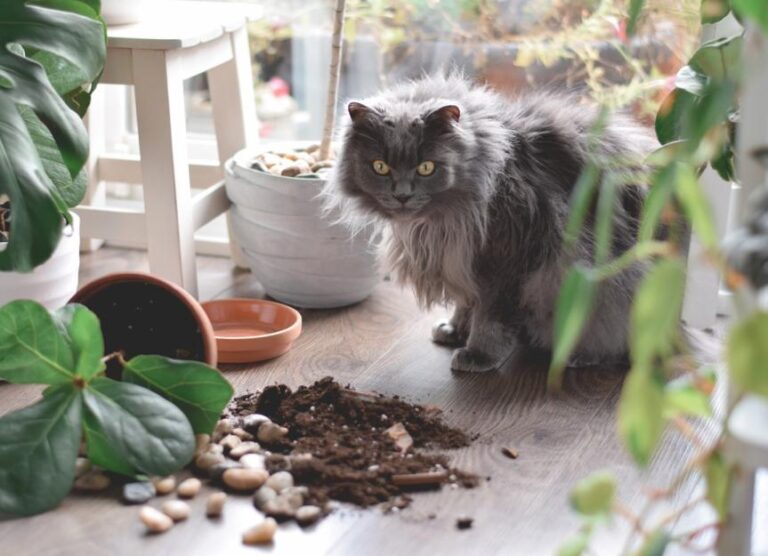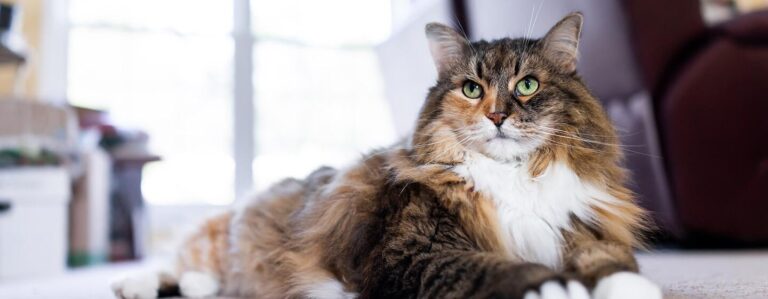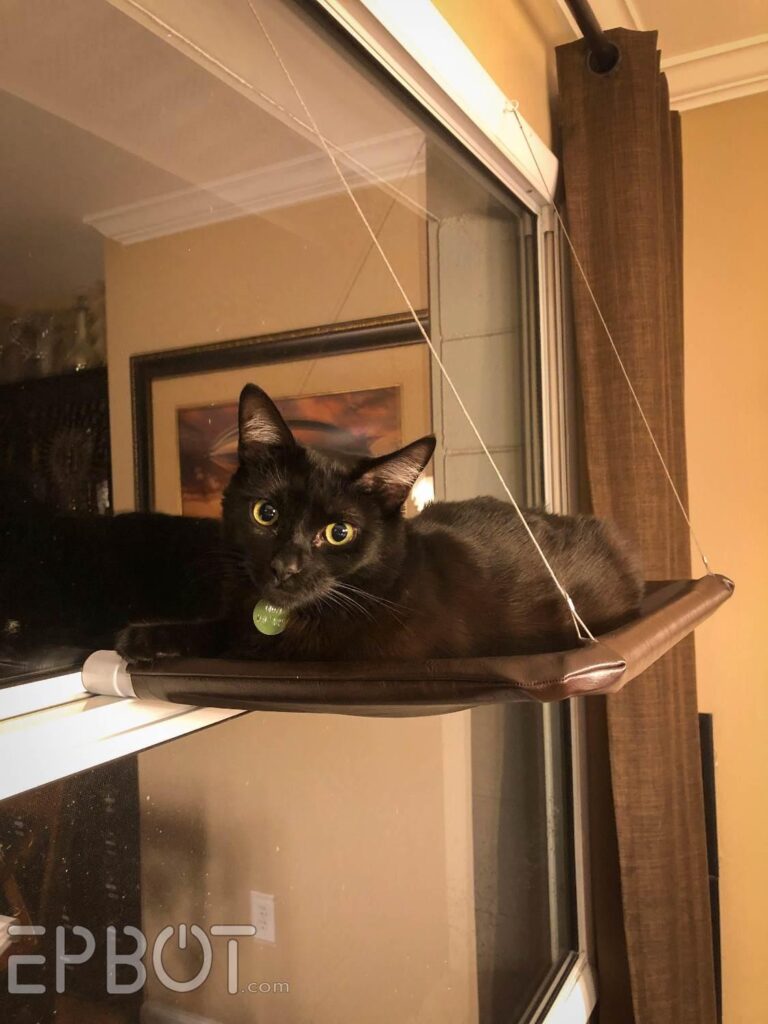How to Create a Cat-Friendly Home
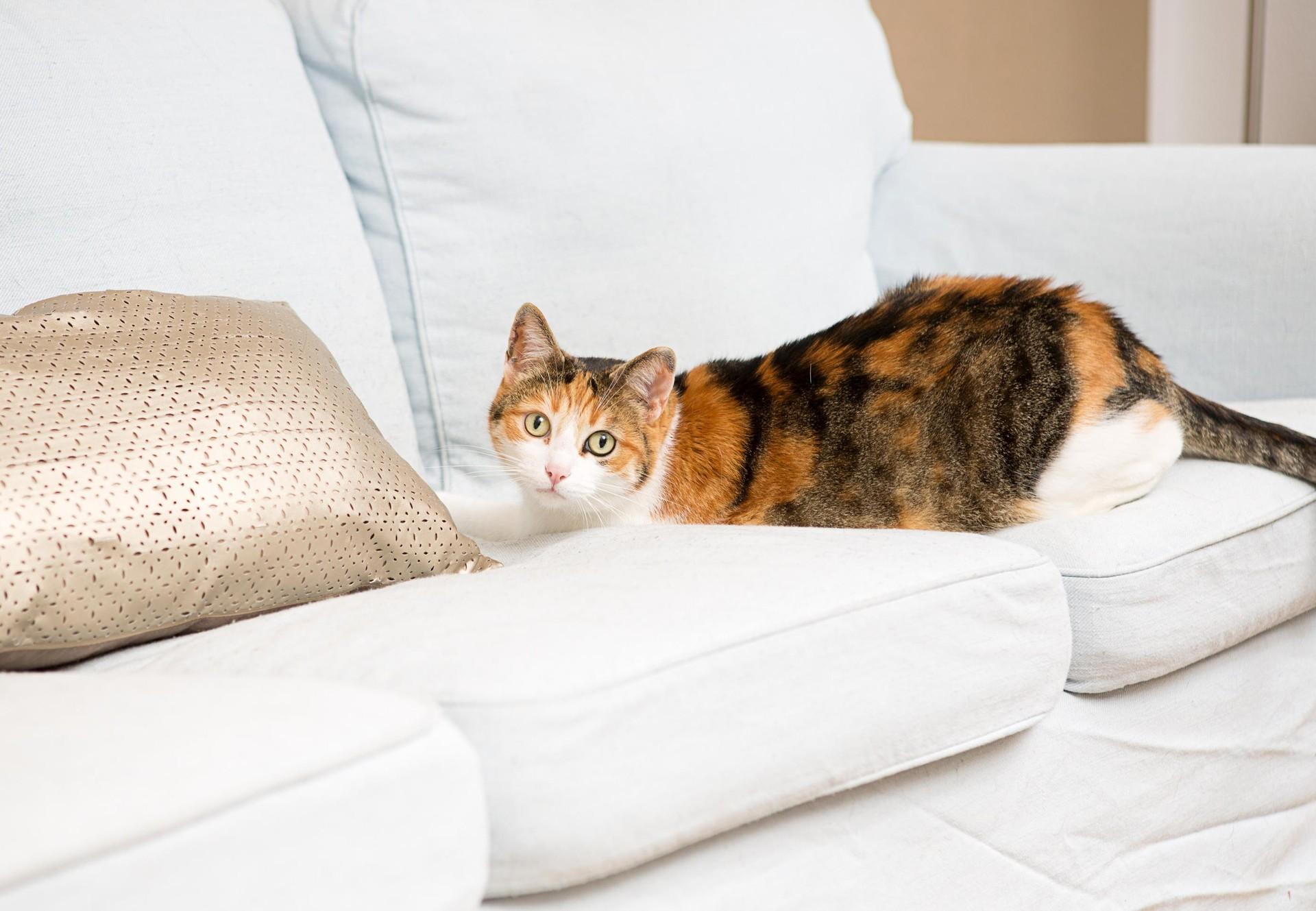
How to Create a Cat-Friendly Home
If you’re anything like me, your cat isn’t just a pet—they’re family. And just like you’d want your home to be cozy for a human family member, creating a cat-friendly environment shows your furry friend how much you care. But if you’ve ever watched your kitty give you the side-eye from a precarious spot on the bookshelf or felt the sting of the dreaded sofa claw attack, you know it’s not always as simple as setting out a bowl of food and a litter box. A truly cat-friendly home is about understanding their unique needs and quirks, then tailoring your space to help your feline thrive.
What Makes a Home Truly Cat-Friendly?
It’s easy to underestimate how particular cats can be about their environment. Cats are natural explorers, hunters, and climbers. They love high vantage points, cozy hiding spots, and plenty of mental stimulation. Creating a cat-friendly home means more than just avoiding toxic plants or keeping doors closed. It’s about providing comfort, safety, and enrichment that cater to your cat’s instincts.
“A content cat equals a happy home.”
When your cat feels secure and entertained, you’ll notice fewer behavior problems and a deeper bond between you two. Let’s dive into the essentials of making your home a paradise for your feline friend.
Step-by-Step Tips for a Happier Kitty
1. Create Vertical Territory
Cats love to climb and perch. It gives them a sense of safety and control over their environment. Think about adding cat trees, wall shelves, or window perches. Not only will this reduce stress for your cat, but it also saves your furniture from becoming the object of their climbing obsession.
2. Provide Multiple Comfortable Resting Spots
Cats sleep an average of 12-16 hours a day, so you want to make sure your home has plenty of cozy places where they can curl up. Consider soft beds placed in quiet corners, sunny windowsills, or even near your favorite reading spot—cats love proximity to their humans!
3. Set Up a Designated Feeding Station
Rather than scattering food bowls around, keep feeding areas consistent and calm. Cats appreciate routine, and having a quiet, safe feeding station helps reduce anxiety about mealtime and can discourage overeating.
4. Enhance Play and Mental Stimulation
-
- Interactive Toys: Get toys that mimic prey behavior like feather wands or battery-powered mice. Rotate them regularly to keep your cat interested.
-
- Puzzle Feeders: These challenge your cat’s mind and encourage natural hunting instincts.
-
- Boxes and Tunnels: Simple cardboard boxes or fabric tunnels offer endless hours of amusement and hiding fun.
5. Maintain a Spotless Litter Area
Stinky or dirty litter boxes can stress cats out and lead to unwanted “accidents” elsewhere in the home. Scoop daily, change litter regularly, and place boxes in quiet, accessible locations. If you have multiple cats, the general rule is one litter box per cat plus one extra.
6. Offer Safe Outdoor Experiences
If you’re lucky enough to have a fenced yard or balcony, consider safe ways for your cat to enjoy the outdoors. Many cats love harness walks or super-secure “catios” that allow fresh air without risk of escape or neighbors’ dogs.
The Perils of Overlooking Your Cat’s Needs: Mistakes to Dodge
Creating a cat-friendly home is a learning curve, and some common pitfalls can undo all your hard work. Here are a few mistakes I’ve learned to avoid (sometimes the hard way):
-
- Neglecting Vertical Space: Without places to climb or perch, cats can become bored or anxious, leading to bad behavior.
-
- Ignoring Subtle Stress Signals: Cats often hide discomfort or fear. Not recognizing signs like hiding, overgrooming, or decreased appetite can delay needed changes.
-
- Using Punishment: Cats don’t respond well to shouting or physical discipline. This only increases stress and damages your relationship.
-
- Forgetting to Secure Hazards: Plants toxic to cats, exposed cords, or unsecured windows can be dangerous. Always cat-proof your home carefully.
-
- Limiting Enrichment: A bored cat is a mischievous cat. Failing to provide toys, scratching posts, and playtime can result in unwanted property damage or weight gain.
Tools and Products That Make a Difference
While a lot of cat-proofing is about mindset and small tweaks, some products can seriously level up your home’s cat-friendliness. Here are a few tried-and-true favorites I’ve found helpful:
-
- The Ultimate Cat Tree – Tall, sturdy, with multiple platforms and cozy cubbies that encourage climbing and napping.
-
- Self-Cleaning Litter Box: A time-saver that helps keep your cat’s litter spot fresh with minimal effort.
-
- Interactive Laser Toy: Great for exercise and bonding without requiring lots of space or materials.
-
- Cat-Safe Plants: Adding a bit of greenery like cat grass or catnip keeps your kitty happy without risking their health.
Frequently Asked Questions
Should I have more than one scratching post? Absolutely! Cats like to have several scratching options around the house to mark their territory and stretch. Place them in high-traffic or favorite rest areas for maximum use.
How do I encourage my shy cat to explore new spaces? Patience is key! Use treats, toys, and calm encouragement to help your cat feel safe. Creating cozy hideouts nearby can make exploring less intimidating.
Is it safe to keep houseplants with cats? Many common houseplants are toxic to cats, so it’s best to check each plant thoroughly. Avoid plants like lilies, philodendrons, and pothos. Instead, offer safe options like cat grass or spider plants.
Wrapping It Up: Love Looks Like a Cat-Friendly Home
At the end of the day, building a cat-friendly home is about more than just the stuff—it’s about tuning into your cat’s needs and quirks, respecting their space, and enriching their lives. The more you can tailor your home to be a safe, stimulating, and cozy environment, the happier your furry companion will be. And happier cats mean deeper paws-itive relationships and fewer “Oops, not the couch!” moments.
So start small, listen to your cat, and watch as your home transforms into the purr-fect feline haven. Happy cat parenting!

